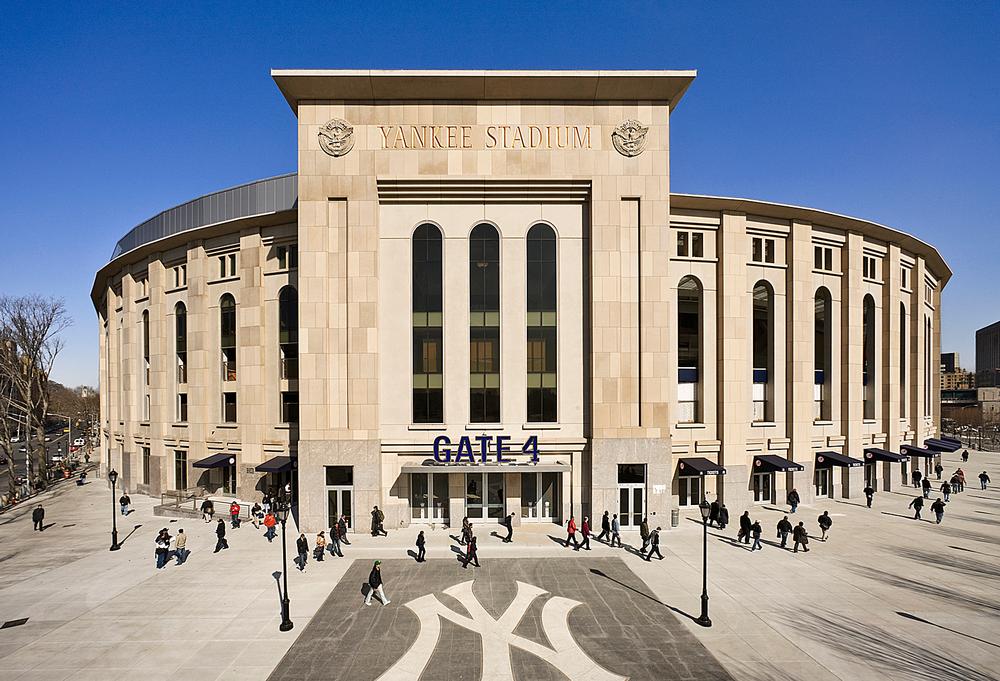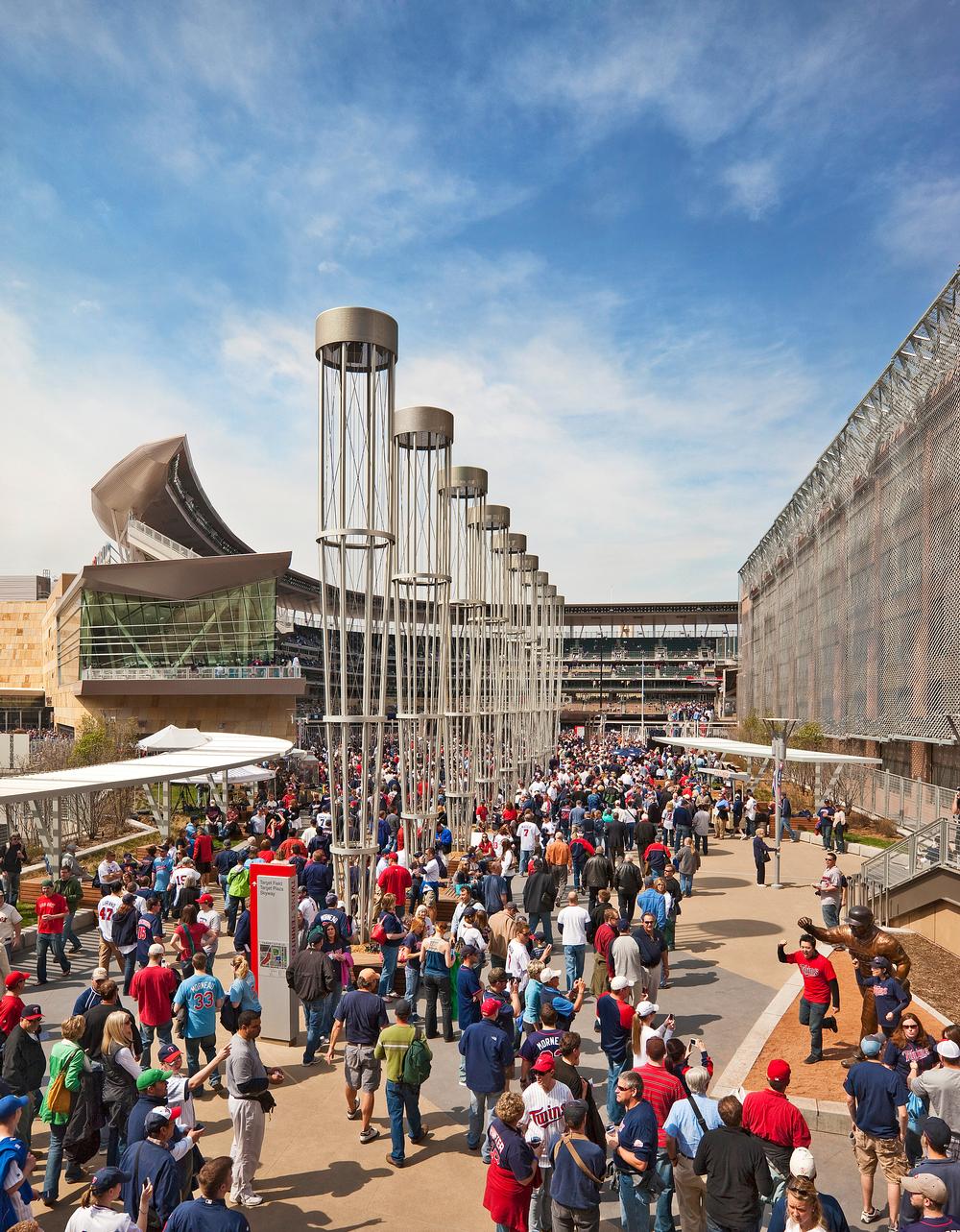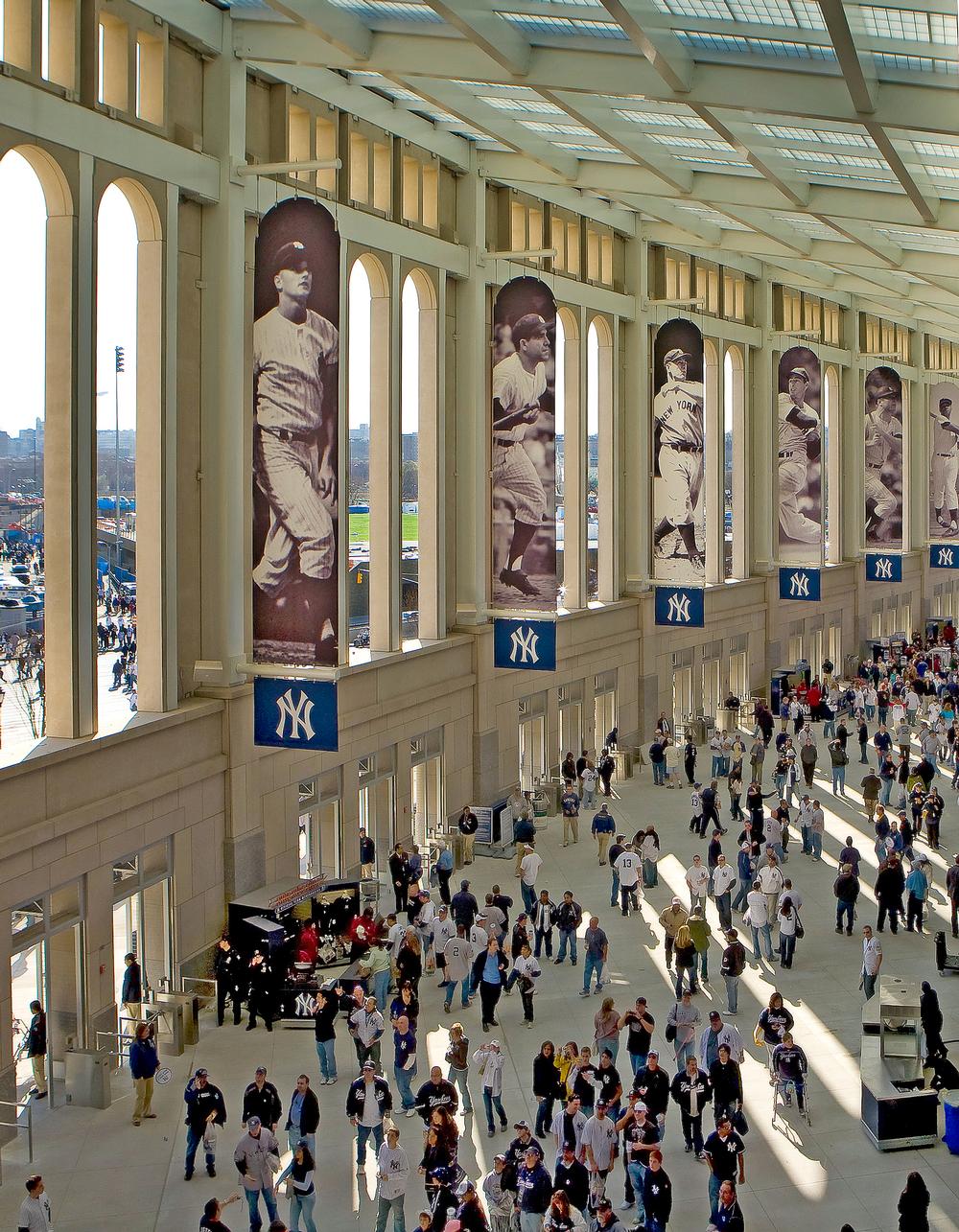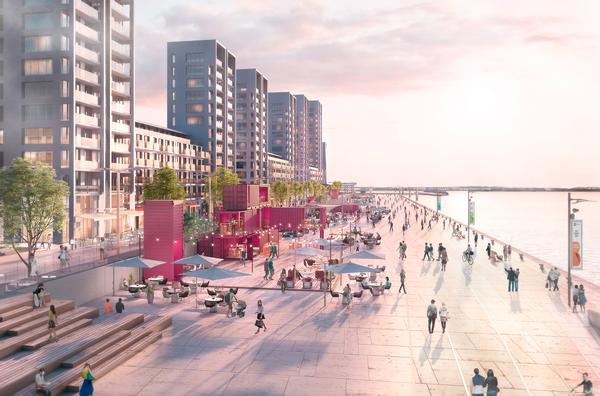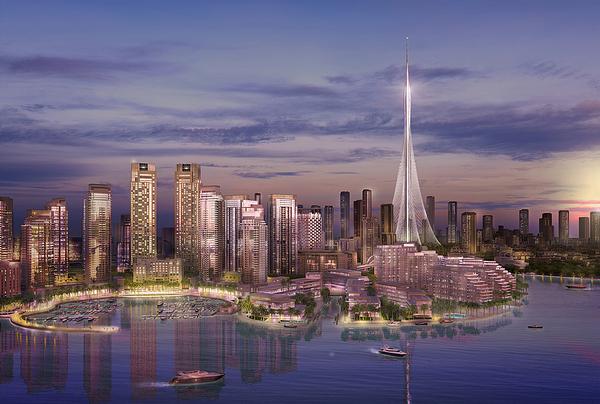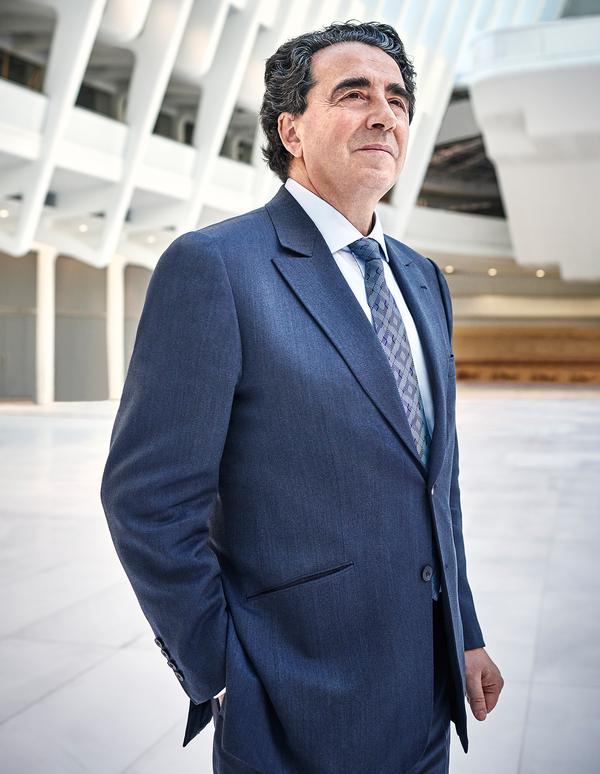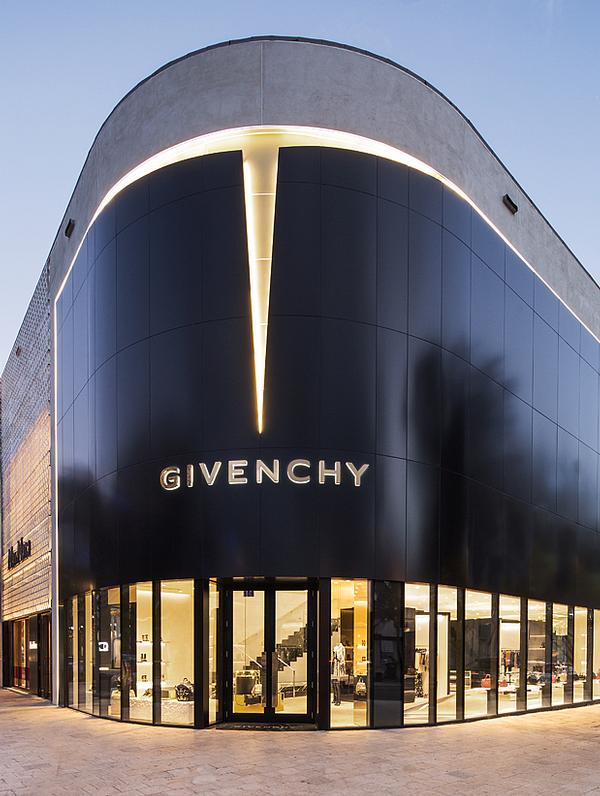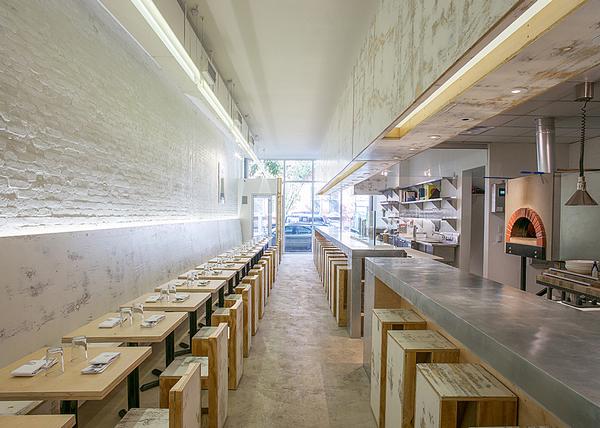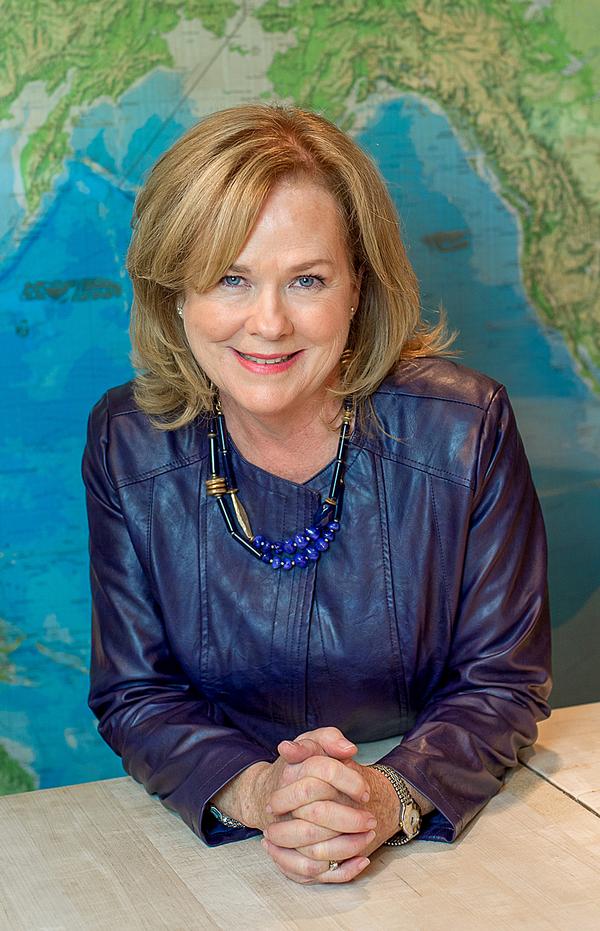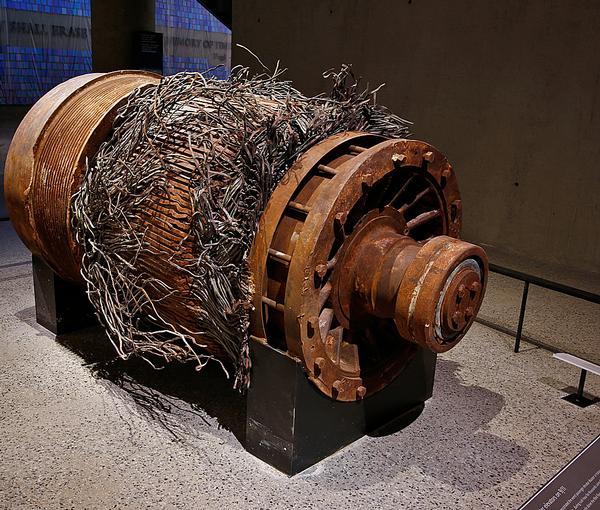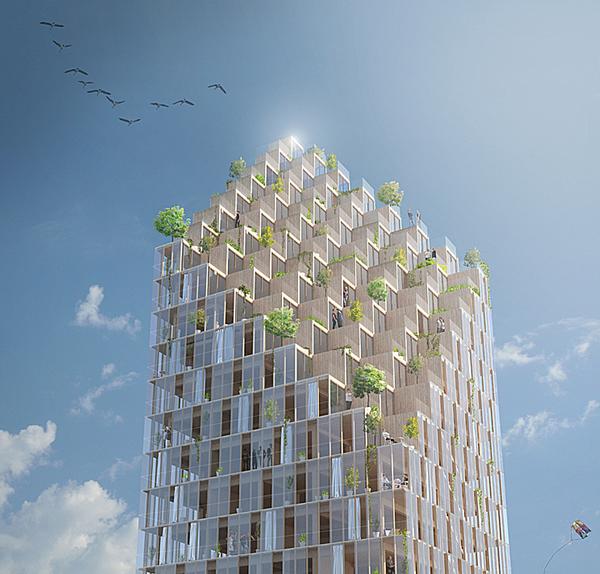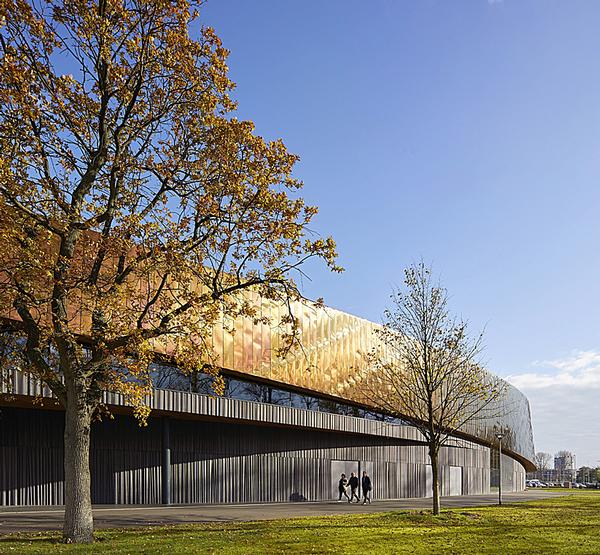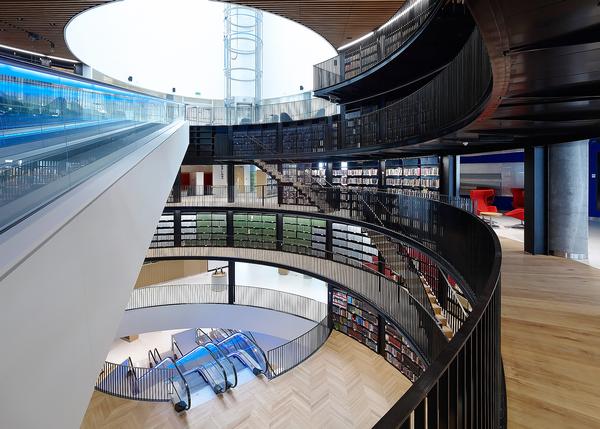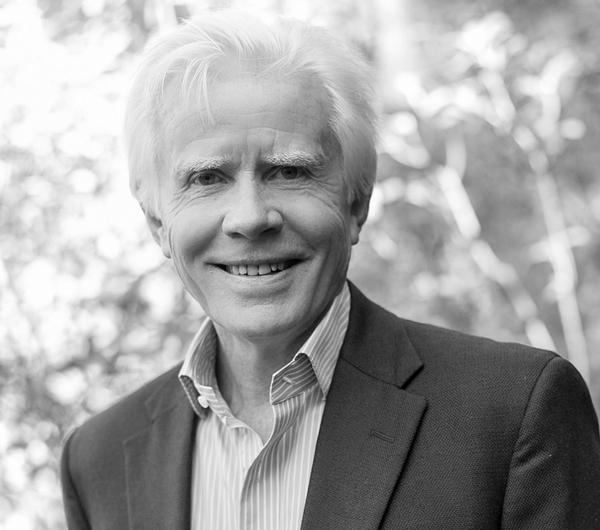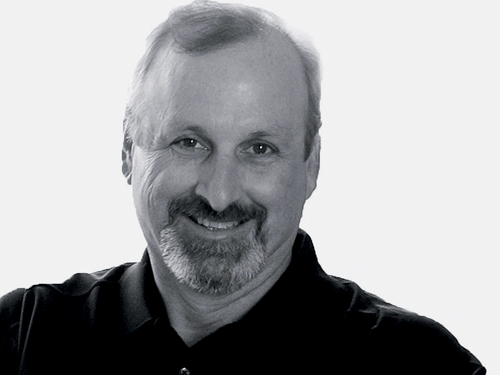Profile
Earl Santee
A well-designed sports stadium can transform a community, but there are no shortcuts to making it authentic, Populous principal Earl Santee tells Magali Robathan
Why did you become an architect?
I've always loved to draw and through my teenage years I helped my dad with his construction firm. My love of art and building gave me the passion for architecture.
I studied architecture and environmental design at the University of Kansas. I was always a big sports fan – I love going to games and events and always have done – so when the opportunity to join HOK Sport presented itself in 1985 I didn't hesitate. I've never looked back.
How do you approach your projects?
When I'm faced with a new project, I start by looking at the local community, and thinking about how we can connect the community to the building and the sporting events it will host. I think they have to be more than just connected; they have to be completely linked in all aspects from transportation to community development.
Why is it so important that the buildings are rooted in their communities?
It's what gives a spirit to a place. Our work is about more than just the building itself – it's about how people feel about it and about how it fits into the community it sits in. Our goal is to create sustainable, impactful experiences that have a real definite spirit to them, and that last as long as possible.
How do you achieve that?
I spend a tremendous amount of time in the cities and towns I work in. I need to fully understand a place so that I can appreciate the client's comments about their desires, goals and objectives for the project.
I try to experience the communities as the people who live there experience them. I stay there, use the public transportation system, go to the restaurants and bars, the public activities and sporting events. I want to fully understand the unique differences between that community and others – what's great about that city, what the aspirations of the people who live there are. It's also about the art of possibility. What can that community become? You have to have a really deep understanding of all of these things in order to make a project authentic – you can't make it up.
How does the design of a sports building affect the experience of the fans?
Having a stadium changes the dynamics of a community completely. It's important to understand how that works – to understand that the moment when we take the subway to a stadium or ballpark is the first moment of our experience. The culmination of that is the event itself, but at the end of that, it doesn't stop – you go back out into the community, back on the subway, back to the restaurants or bars, back home or to your hotel. Understanding the synergy of all those experiences, both inside and outside of the stadiums, is so important.
At Target Field in downtown Minneapolis (2010), we designed a baseball stadium that was completely connected to all possible modes of transport – we built a pedestrian skywalk that links the stadium to the city, we have bike trails running under the site, we built in access to light rail and commuter rail, there’s a car park on site and it's connected to the bus service.
This had a big impact on the architecture, because we wanted to design something that was iconic no matter how you approached it. We had to think about how people would see the park from the highway system three or four miles away, from mass transit 10 miles away, or from close up as they approached it on foot on by bike. Part of the design is manifested by the opportunities created by the site.
What have you been working on over the past 12 months?
We recently completed Baylor University's McLane Stadium [a new 45,000-seat American football stadium that opened in Waco, Texas in August 2014]. I'm currently working on the design of the Atlanta Braves stadium, a Major League baseball stadium in Atlanta, Georgia, and we're in the middle of construction on the Kyle Field [American] football stadium at Texas A&M University, which is the largest renovation project in collegiate sports history. It will open during 2015.
What have been your most challenging projects?
Target Field in Minneapolis was one of our most challenging projects, because we had to put a 41,000-seat, 13 acre ballpark on an 8 and half acre site which is very tight.
We had to make do with what we had space-wise – it was a very urban site, and was surrounded by a railway line, a federal highway, viaducts, an interstate, an underground creek and a waste incinerator plant – among other things. Making the project fit within the site was a huge challenge.
We built under the bridges and vertically in some places, we built out over the street where we could. We took advantage of every nook and cranny on the site to make it work.
The renovation and redevelopment of the Kyle Field stadium at Texas A&M University was also a huge challenge. We were faced with a building that had been designed by five or six different architects since the 1920s – trying to find a way to unify the architecture in and around pre existing conditions was tricky. The scale of the project was also a challenge – it's a $450m renovation, which takes the capacity from 82,000 to 102,500 seats, and the work is being done without interrupting the team's schedule.
Do you have a favourite project?
I couldn't choose a favourite, but I do have moments in each that are personally powerful. Walking up on Babe Ruth Plaza at the new Yankee Stadium is a real moment for me. I have a very strong emotional connection to it. We wanted to capture the legacy of the Yankees and I think we did it in a strong way. It reminds me of what a great experience that was.
What have been the highest and lowest points in your career?
This year I was named a Fellow of the American Institute of Architects – that was a great moment. I don't often look backwards in my career, I just take one project at a time, so it was great to stop and think: Wow, maybe I really did accomplish something.
The lowest points have been whenever we've had to lay anyone off. I love our staff, I love the work they do and the commitment and passion they bring to the projects, so having to let anyone go is really hard.
What are the biggest trends in sports architecture at the moment?
We're going through a really dynamic change in the industry because of technology. The experience people can have at home is so much greater than it used to be, so the challenge is competing with that and giving as much impact to the experience of watching a live sporting event as possible.
It's definitely a challenging time for sports architecture right now with so much competition – we really have to focus and innovate constantly. Every detail counts.
How do you judge whether a building has been a success or not?
If you can create great experiences outside a building, it’s easier to create them inside. You have to focus on tying the two together.
On greenfield sites it's more challenging because everything’s new, you have to understand connected moments – how people arrive, their experience as they approach and once they get inside. With urban sites, one of the biggest factors is whether people can get there easily. You have to give them every reason to come and remove reasons not to.
How has the focus on sports legacy changed during your career?
Together with our partners in London, we've been thinking hard about the adaptability of our projects as they move on in their lives. The London Olympic Stadium [designed by Populous] was a good example of this.
What's the best part of your job? And the worst?
I love when I'm in a meeting with a client and they're finding something impossible and we find a solution. There’s a magic moment when everyone gets it at the same time. These moments are what really builds the relationship with a client; they bind you forever.
The worst part of my job? I'm not a morning person. I do my best work after noon.
Which other architects do you admire?
I've always liked the simplicity of César Pelli's work. I like Calatrava's work, and I like the clarity of IM Pei's work.
What three words sum you up?
Passionate, engaged and optimistic.
ABOUT POPULOUS
Global architecture firm Populous is responsible for some of the world’s best known sports and entertainment buildings, including the Sochi 2014 Olympic Stadium in Russia, the Arena das Dunas stadium for the FIFA World Cup 2014 in Rio, Brazil; the London 2012 Olympic stadium, the new Yankee Stadium in New York and the O2 Arenas in London, Dublin and Berlin.
Populous started out as HOK Sport, which was founded in 1983 as a division of US-based HOK group. In 2009, Populous was created through a management buyout, and now operates as an independently owned collective with more than 500 staff worldwide.
More: populous.com
Earl Santee Bio
Earl Santee received a bachelor’s degree in architecture and environmental design from the University of Kansas, and joined Populous (then HOK Sport) in 1985.
Describing himself as an urban designer first and an architect second, Santee's philosophy is that urban sites shape the buildings he designs.
Santee has designed more than 40 sports venues across the US, including the new Yankee Stadium, New York (2009), Marlins Park, Miami (2012), Target Field, Minneapolis (2010), McLane Stadium at Baylor University (2014) and the Texas A&M Kyle Field redevelopement (due for completion in 2015)
A senior principal at Populous, Santee is a member of the American Institute of Architects, the Society for American Baseball Research, Stadium Managers Association and the Urban Land Institute. In 2014, he was named a Fellow of the American Institute of Architects.
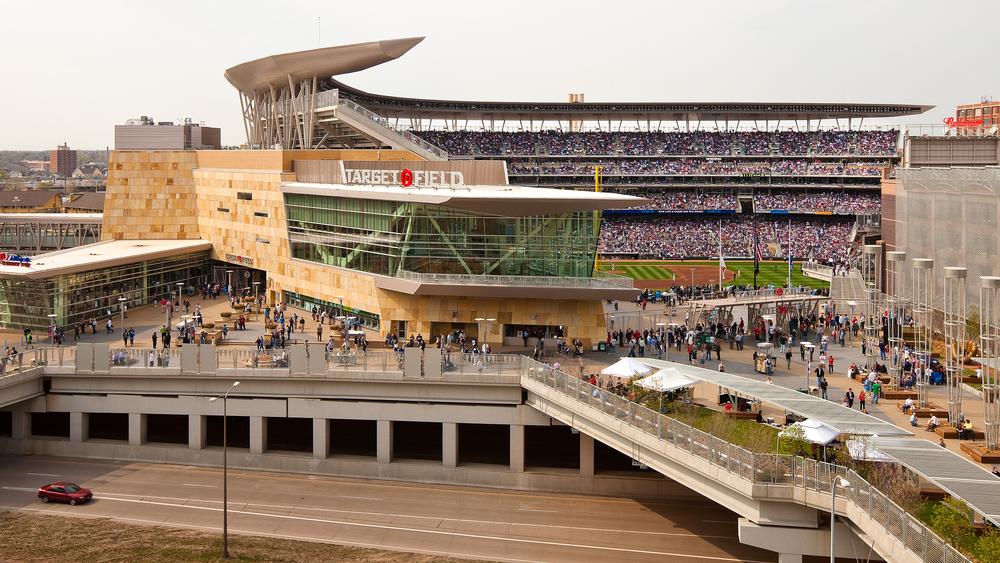
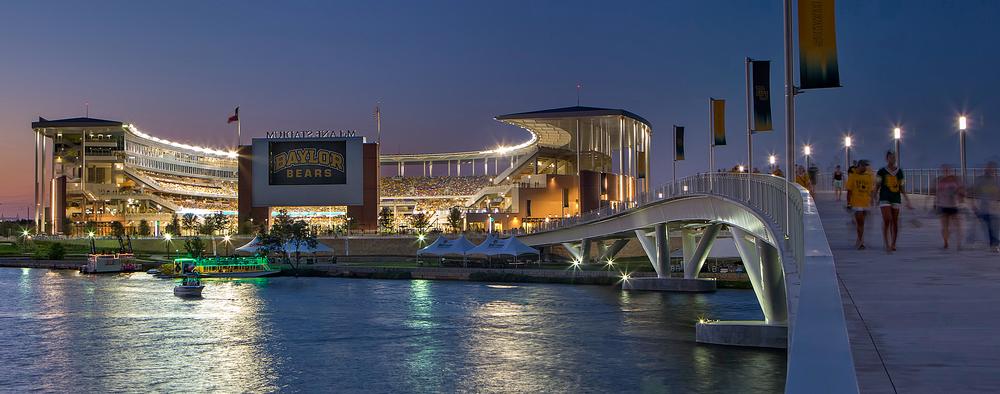
Creating the 9/11 Memorial Museum in New York involved meticulous planning. Its director Alice Greenwald tells us more



